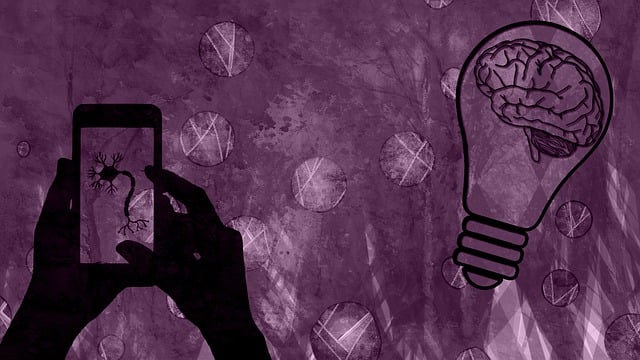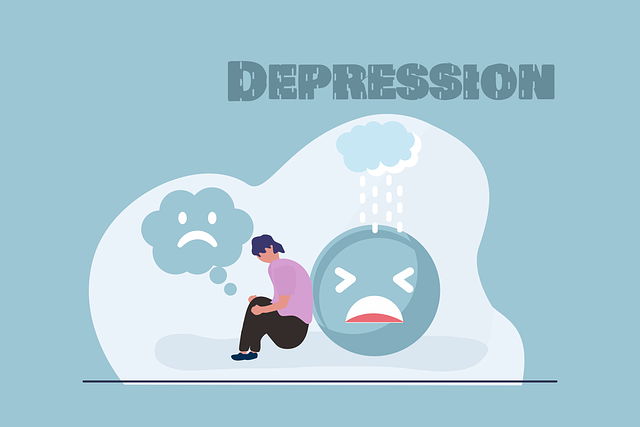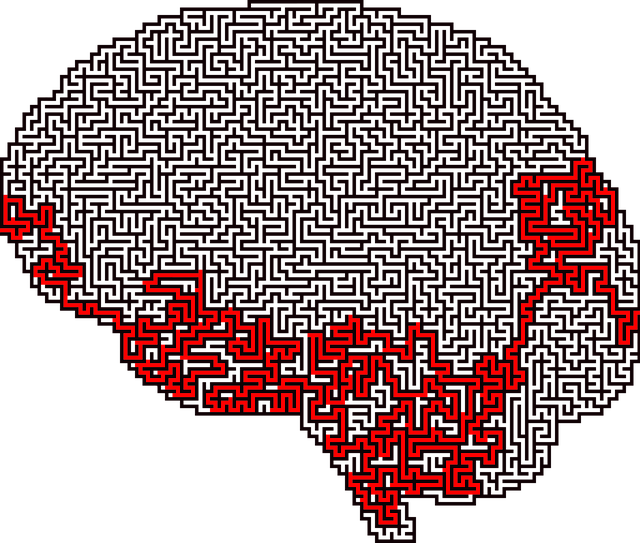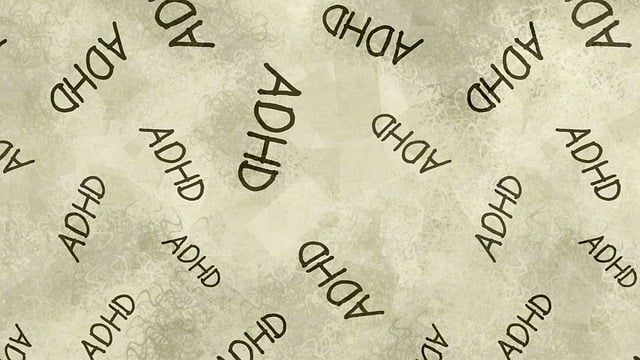For ASL users seeking therapy, understanding mental health diagnoses and navigating cultural context is crucial. Skilled ASL interpreters facilitate accurate assessments and personalized treatment plans, addressing unique challenges in accessing mental health care. Effective communication strategies, including learning basic ASL signs, visual aids, and technology, empower individuals to participate actively in their emotional healing processes. By promoting cultural sensitivity and language accessibility, we ensure that deaf individuals receive necessary support for their mental health concerns, specifically tailored to their needs via Therapy for American Sign Language.
Navigating mental health care as an ASL user can be challenging, but there are resources available to ease the process. This guide explores crucial aspects of understanding mental health diagnoses, accessing therapy services, and establishing effective communication in treatment specifically tailored for the ASL community. By addressing these key areas, we aim to empower ASL signers to find suitable therapy and improve their mental well-being, ensuring they receive the support they need.
- Understanding Mental Health Diagnoses: A Guide for ASL Users
- Accessing Therapy Services: Overcoming Barriers for American Sign Language Communities
- Effective Communication in Treatment: Strategies for ASL Signers
Understanding Mental Health Diagnoses: A Guide for ASL Users

Understanding mental health diagnoses is a crucial step for American Sign Language (ASL) users seeking therapy and support. For individuals who communicate through ASL, navigating the healthcare system can present unique challenges. It’s essential to demystify diagnostic processes, especially as they relate to their specific needs and cultural context. Mental health professionals skilled in ASL interpretation can facilitate this process, ensuring accurate assessments and personalized treatment plans.
This guide aims to empower ASL users by providing insights into various mental health conditions. By learning about potential symptoms and available treatments, individuals can actively participate in discussions with healthcare providers. Moreover, improving self-esteem and employing stress reduction methods tailored to their needs can significantly contribute to overall well-being. Additionally, understanding burnout prevention strategies is vital for both ASL users and healthcare providers to ensure sustainable care.
Accessing Therapy Services: Overcoming Barriers for American Sign Language Communities

Accessing therapy services is a crucial step for individuals within the American Sign Language (ASL) community who are navigating mental health challenges. However, there are unique barriers that often hinder their ability to receive the necessary care. Cultural sensitivity and language accessibility play pivotal roles in ensuring effective treatment. Many ASL users face limited options when it comes to finding therapists who are proficient in their native sign language, which can lead to delays or even avoidance of seeking help. This is particularly concerning given the high prevalence of mental health issues within deaf and hard-of-hearing populations, often exacerbated by social isolation and unique forms of trauma.
Overcoming these barriers requires a multi-faceted approach. Mental Health Policy Analysis and Advocacy are essential in promoting policies that support and expand Therapy for American Sign Language services. This includes increasing funding for specialized programs, training more therapists in ASL, and ensuring that healthcare facilities are equipped to accommodate deaf individuals. Empathy Building Strategies can also play a significant role in bridging the gap; teaching healthcare professionals basic ASL signs and fostering cultural understanding can create safer, more welcoming environments for ASL users seeking trauma support services or other mental health treatments.
Effective Communication in Treatment: Strategies for ASL Signers

Effective communication is a cornerstone of successful therapy for American Sign Language (ASL) signers, helping to bridge the gap often present in mental health care. ASL therapists should employ strategies that ensure clear and respectful dialogue, fostering an environment of trust and understanding. This involves learning and utilizing basic ASL signs related to emotional healing processes, as well as incorporating visual aids and technology to enhance communication. By doing so, therapists can better understand the unique experiences and challenges faced by their ASL-signing clients, breaking down barriers associated with mental illness stigma reduction efforts.
The process should also focus on building confidence within the signing individual. Through open dialogue, therapists can encourage clients to express themselves freely, reinforcing the importance of self-expression in the healing journey. This approach not only facilitates better diagnosis and treatment planning but also empowers individuals to actively participate in their emotional healing processes, ultimately enhancing the overall therapeutic experience.
In navigating the complex landscape of mental health care, especially for the American Sign Language (ASL) community, understanding diagnoses and effective communication strategies are pivotal. By providing resources like “Understanding Mental Health Diagnoses” and highlighting accessible therapy options through initiatives focused on ASL users, we can revolutionize support mechanisms. Overcoming barriers to accessing therapy is crucial, ensuring that those who sign have the same opportunities for healing as any other community. Through these efforts, we foster an inclusive environment where everyone receives the quality mental health care they deserve.














